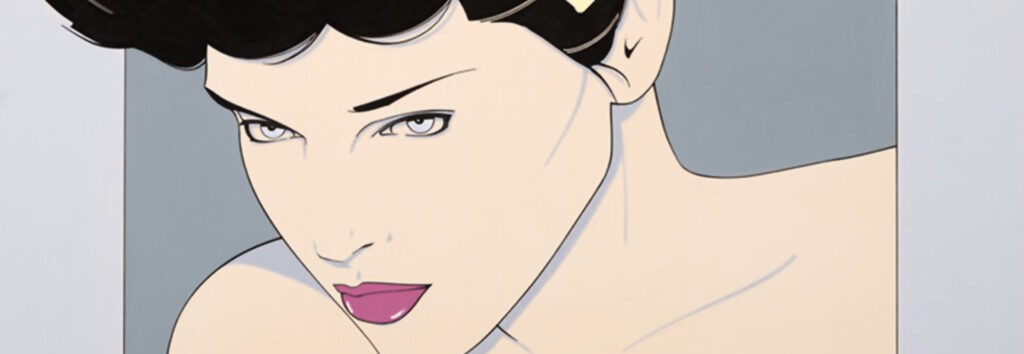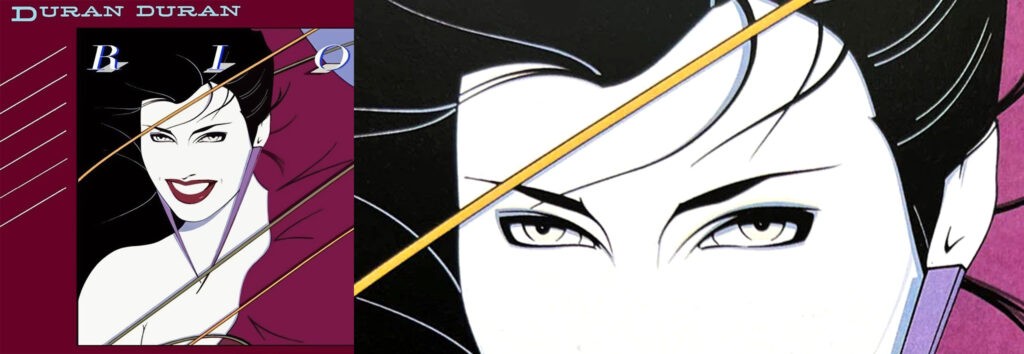Familiar Faces: The Nagel Girls
You’ve seen these illustrations. At salons. On covers. Besides being artworks I admire, what are they called? Where do they come from?
These caricatures are none other than the Nagel girls. Created by American illustrator Patrick Nagel, they were a series of iconic illustrations produced during the late 1970s and 1980s. Known for their distinctive style, the Nagel girls are characterized by their elegant, confident, and enigmatic appearances. These illustrations became emblematic of the era’s fashion and cultural aesthetics, particularly aligning with the art deco revival and New Wave music scene.
As a graphic designer and illustrator myself, I can’t help but appreciate the craftsmanship of Nagel’s style. Such highly refined line work is akin to rendered vector graphics (illustrations produced using vector software as the tool). At the time they were created such technology was in its infancy; Nagel relied on his keen eye and steady hand to produce the following characteristics in his illustrations:
Stylized Beauty
Nagel girls are depicted with smooth, alabaster skin, high cheekbones, and sharply defined facial features. Their expressions are usually cool and detached, exuding a sense of mystery and allure.

Minimalist Aesthetics
The illustrations feature clean lines, simplified forms, and a limited colour palette with bold contrasts. Nagel’s use of white space and minimalist backgrounds draws attention to the figures themselves.

Fashion and Glamour
The women are frequently portrayed in stylish, contemporary attire that reflects the high fashion trends of the 1980s. Accessories like large earrings, bold necklaces, and fashionable hats are common.

Influence of Japanese Art
Nagel’s work depicts a clear influence from Japanese woodblock prints, especially in the simplicity of lines and the balance of positive and negative space. As a fan of Japanese art and culture, I recognize that his style is both inspired by the past and posthumously emulated in anime, particularly throughout the 80s and 90s.

Career
Patrick Nagel began his career as a graphic designer and illustrator. He gained initial fame through his work for Playboy magazine, where his illustrations accompanied the magazine’s articles and became a visual signature for the publication. His artwork quickly gained popularity, leading to gallery shows and widespread commercial success.
Becoming synonymous with 1980s pop culture, one of the most famous uses of Nagel’s art was on the cover of Duran Duran’s 1982 album, “Rio,” which helped cement the band’s image as icons of the New Wave movement.

Legacy
Despite Patrick Nagel’s untimely death in 1984 at the age of 38, his work continues to influence contemporary art and design. The Nagel girls remain a symbol of 1980s art and culture, celebrated for their unique blend of elegance, simplicity, and modernity. Collectors and fans still seek out original prints and reproductions, keeping the legacy of Nagel’s iconic imagery alive.
The Nagel girls encapsulate a specific moment in art history, reflecting both the cultural trends and the artistic innovations of their time. Patrick Nagel’s ability to create images that are both timeless and distinctly of their era has ensured that his work remains influential and appreciated decades after its creation. Want to learn more? I encourage you to watch this video containing the only audio/video interview of Patrick Nagel ever recorded from 1982.


